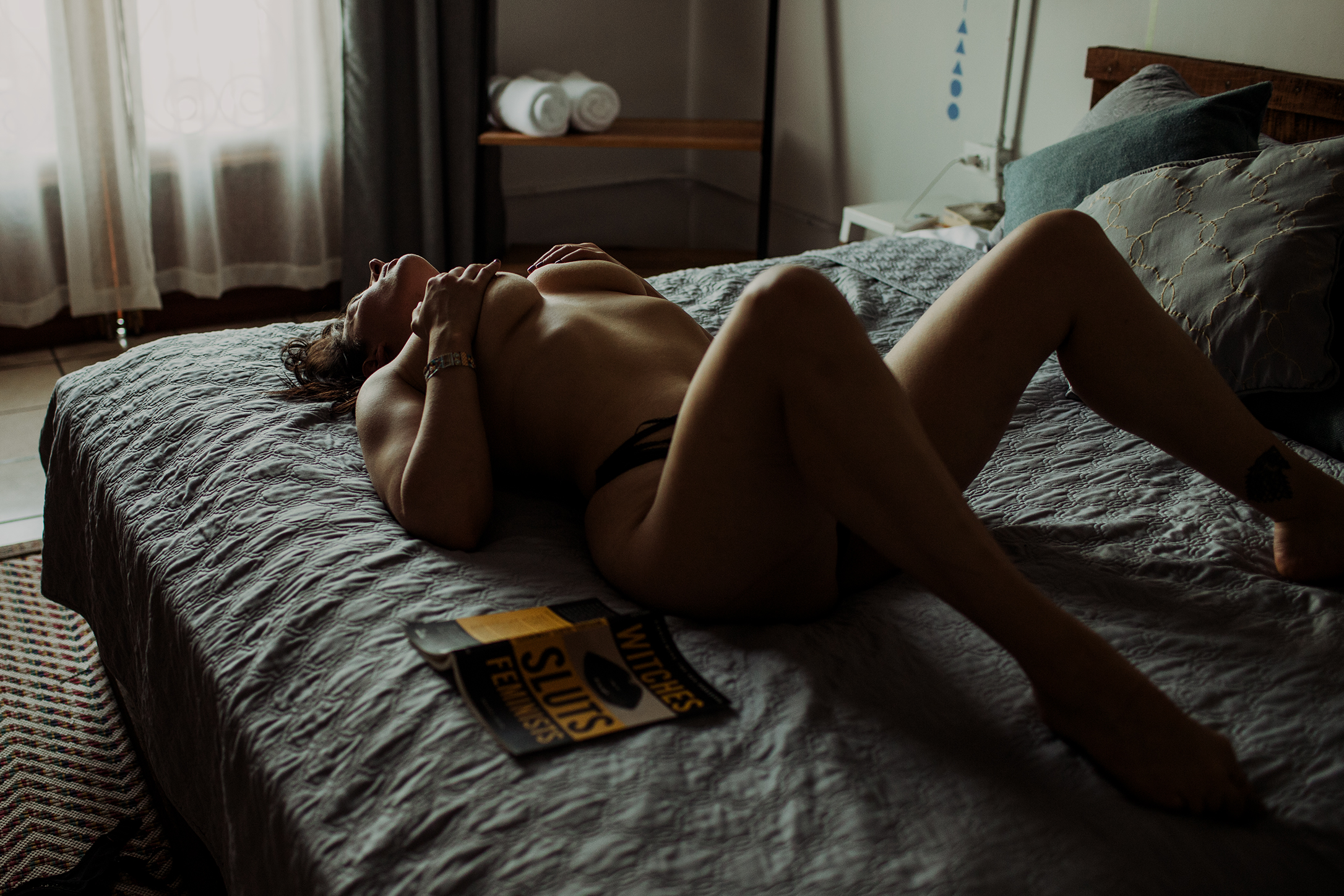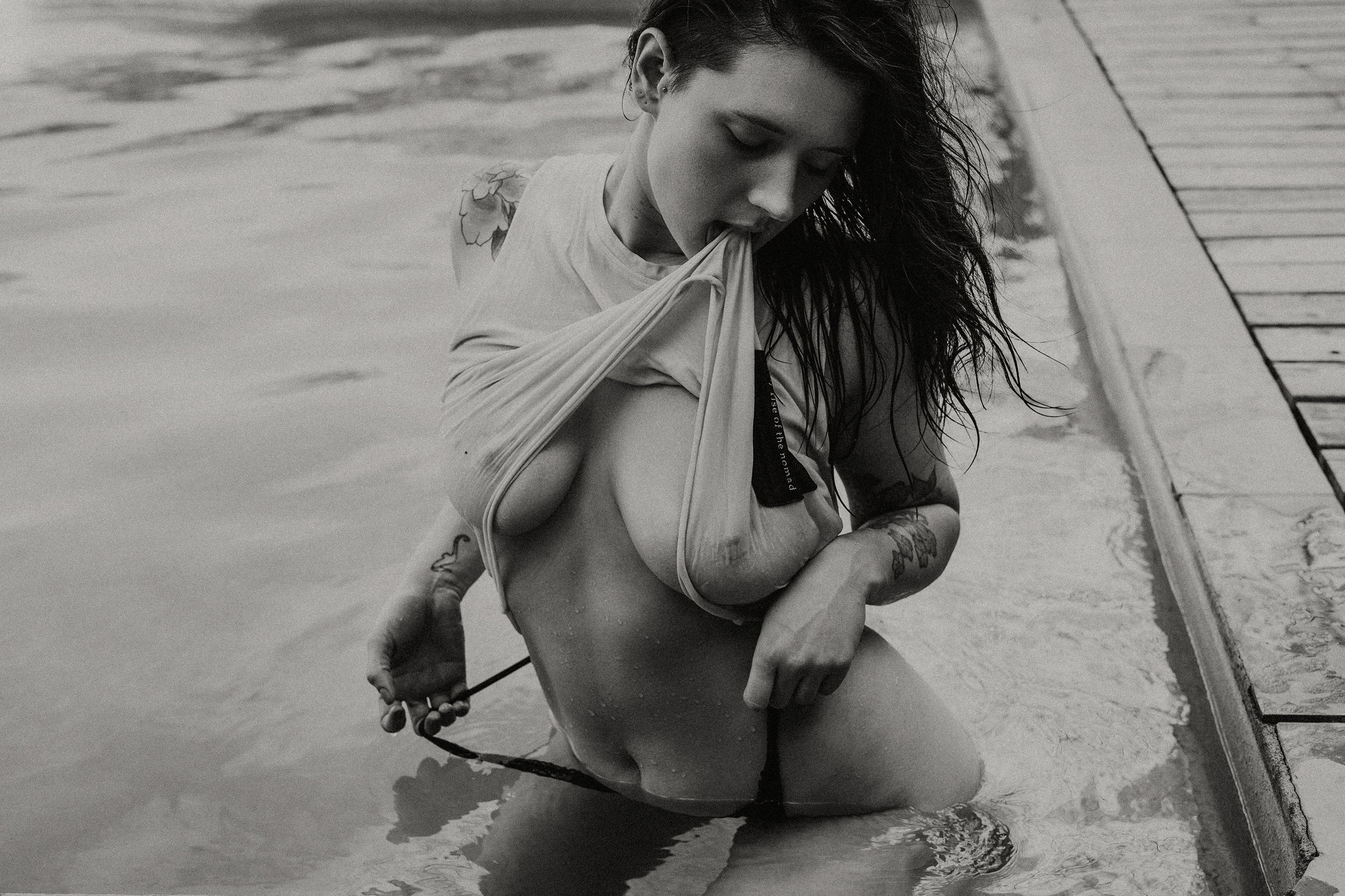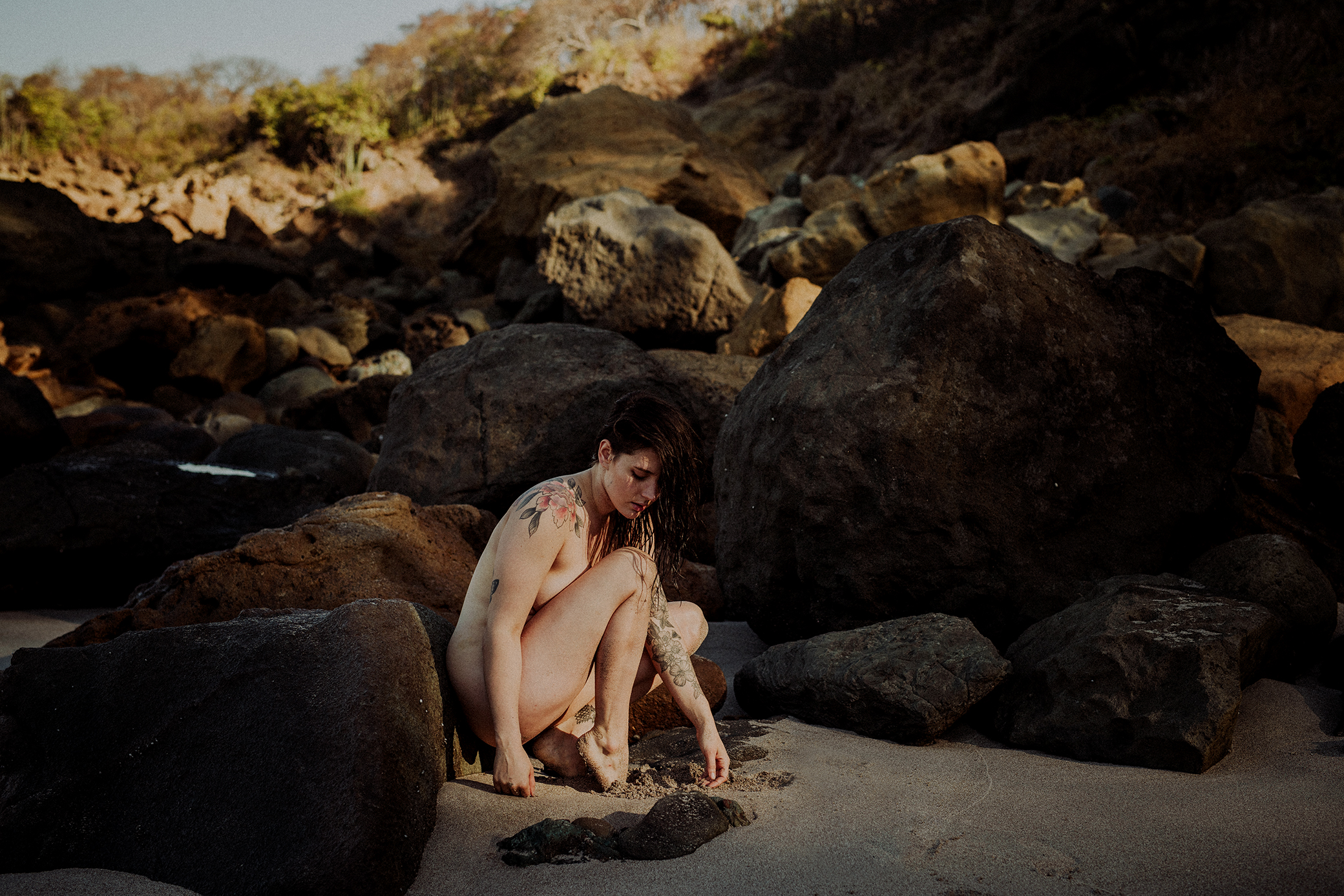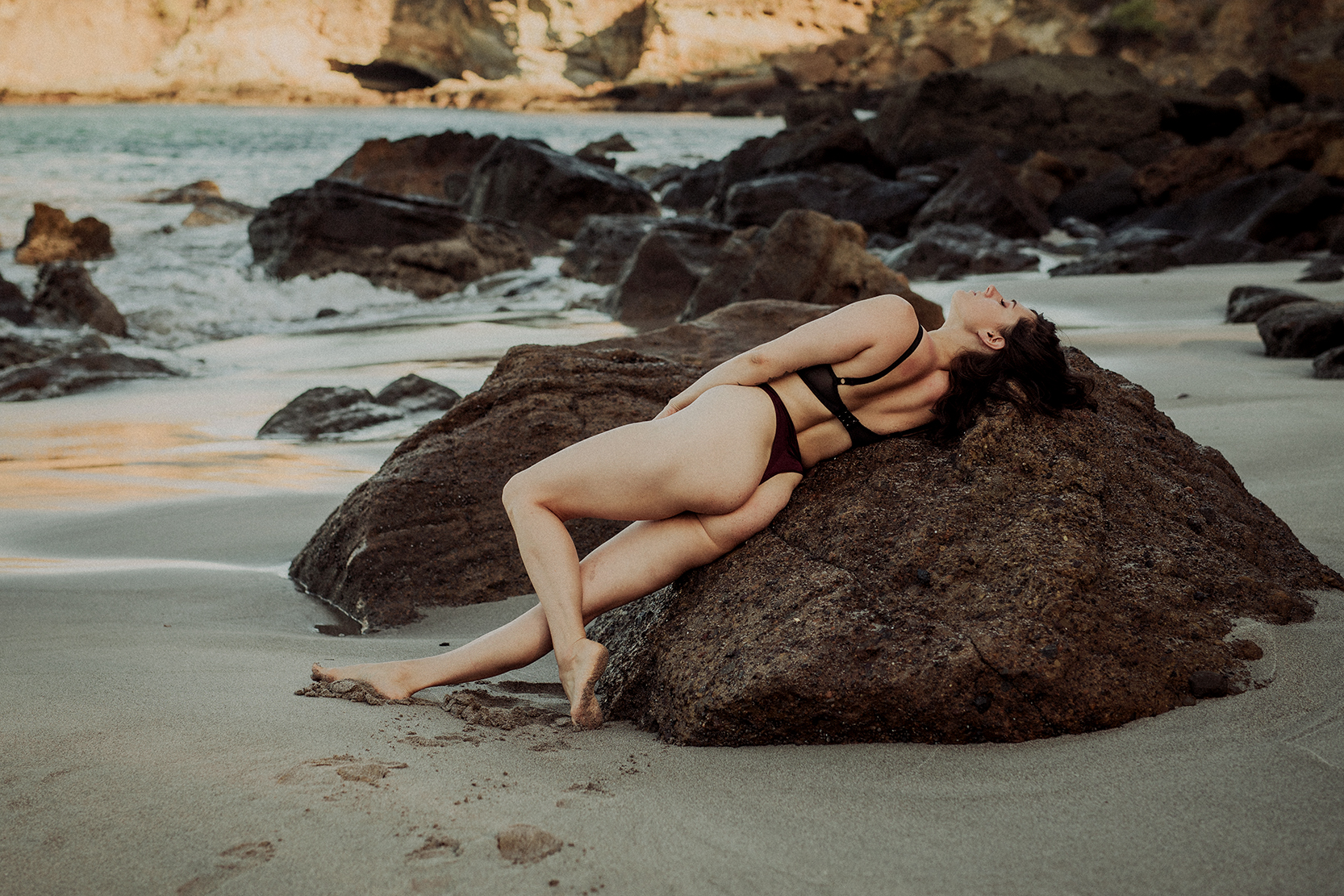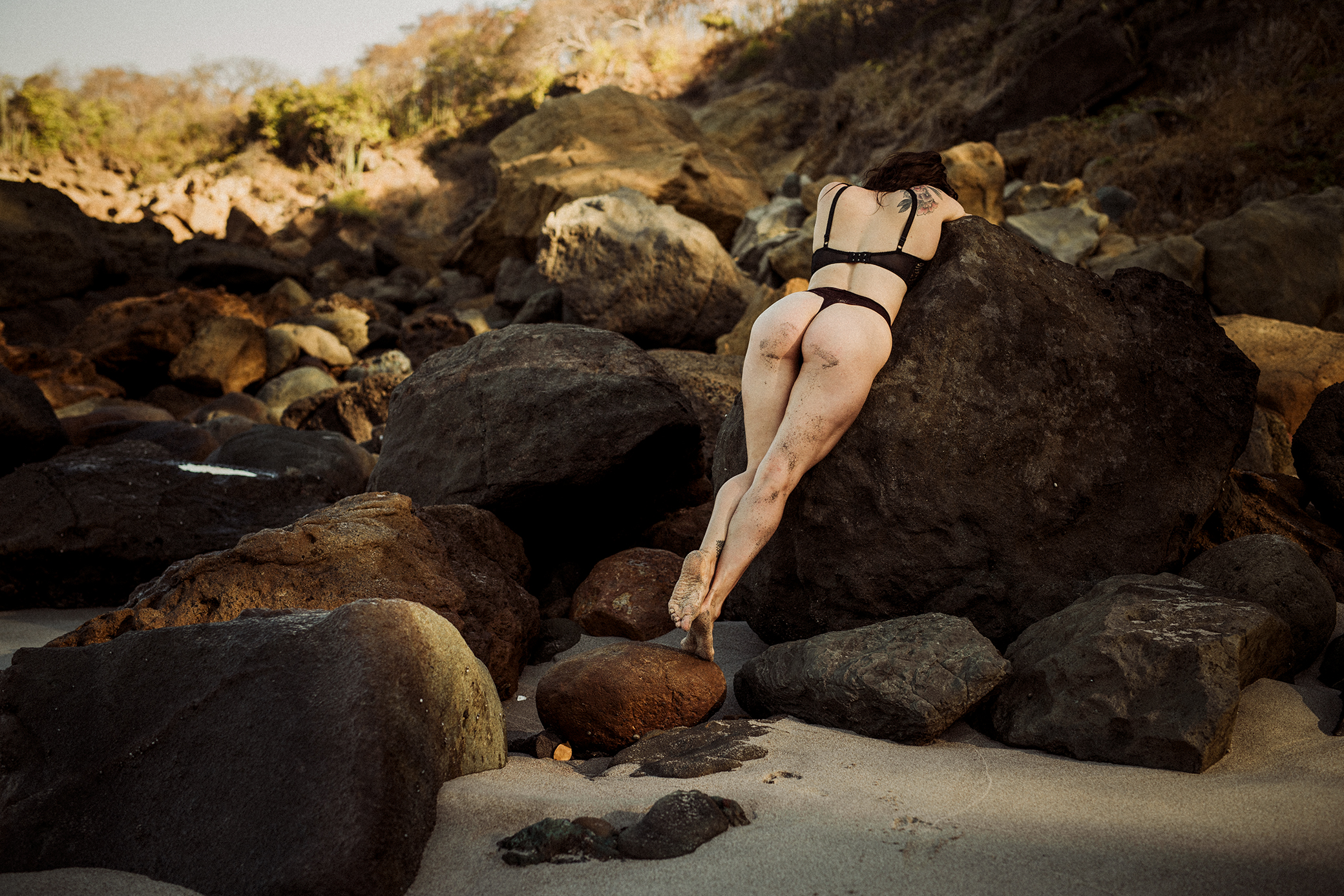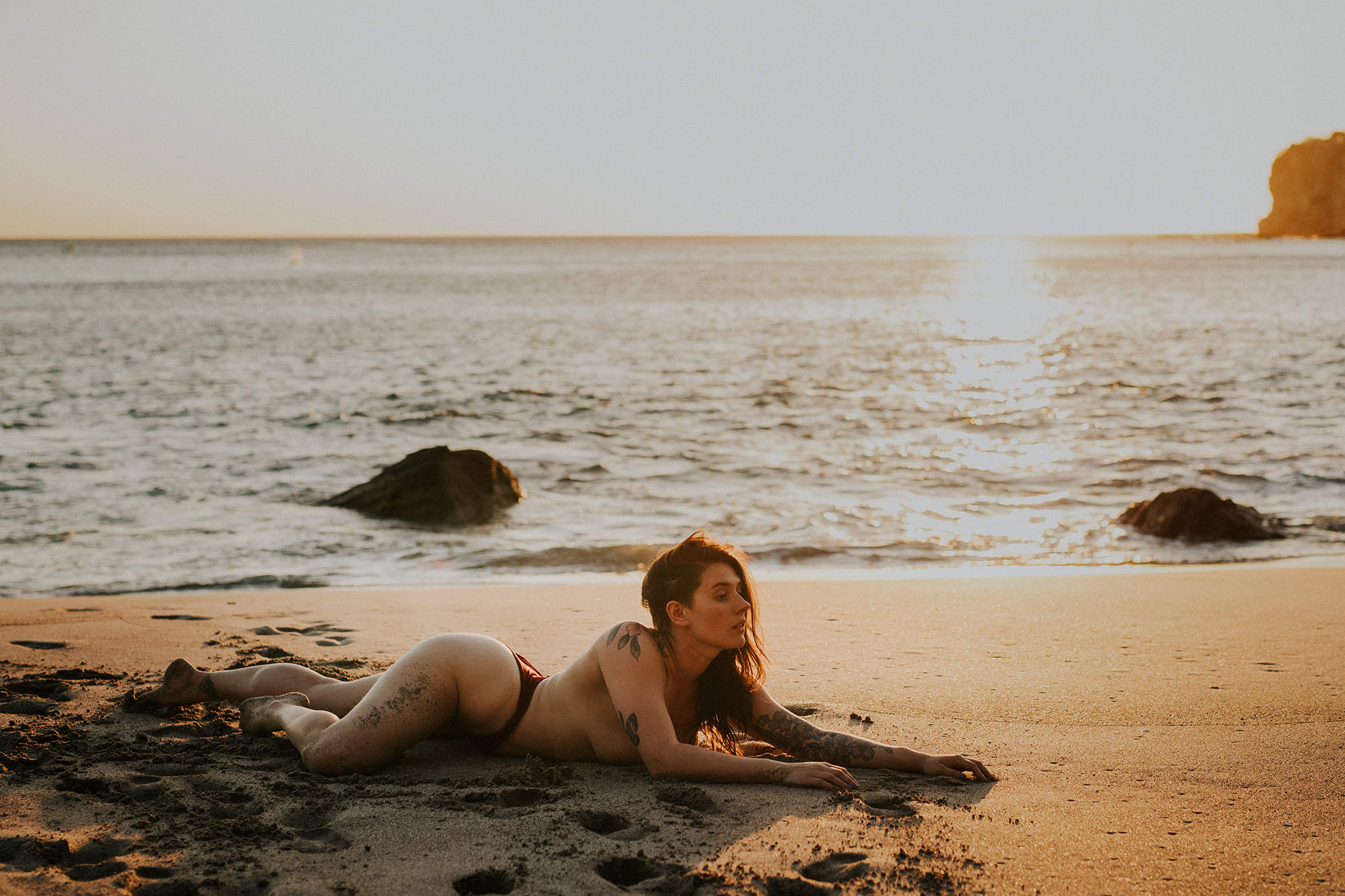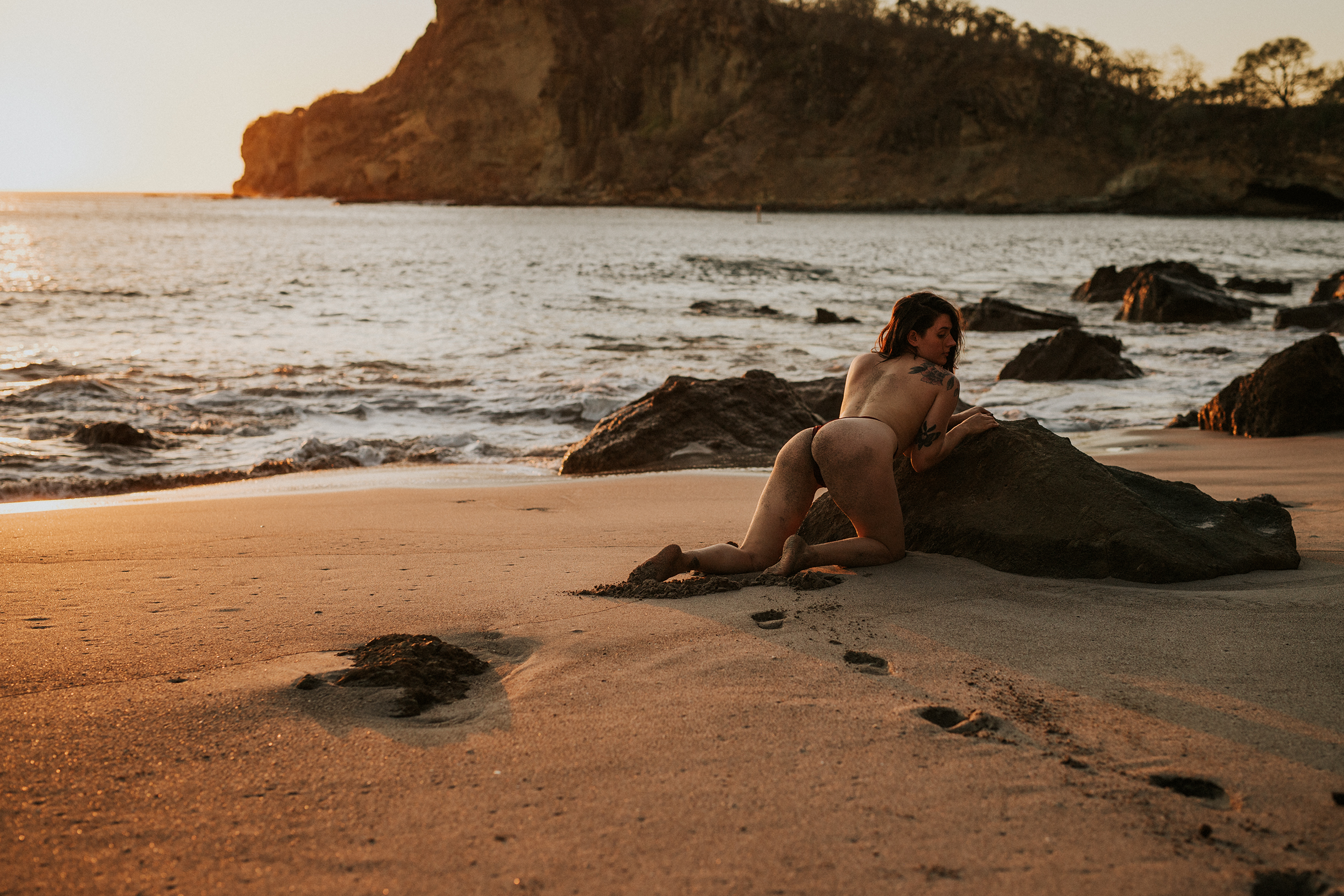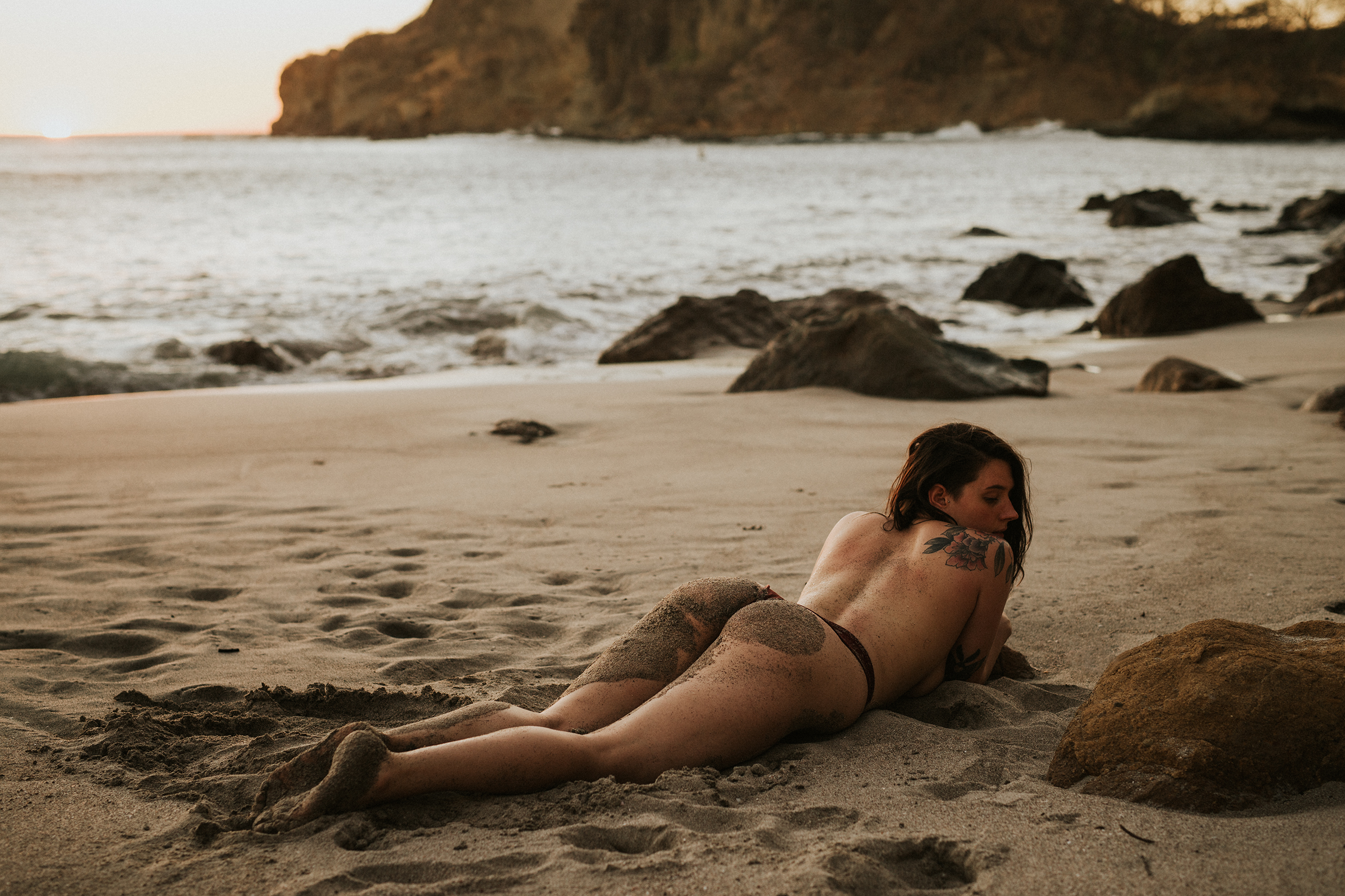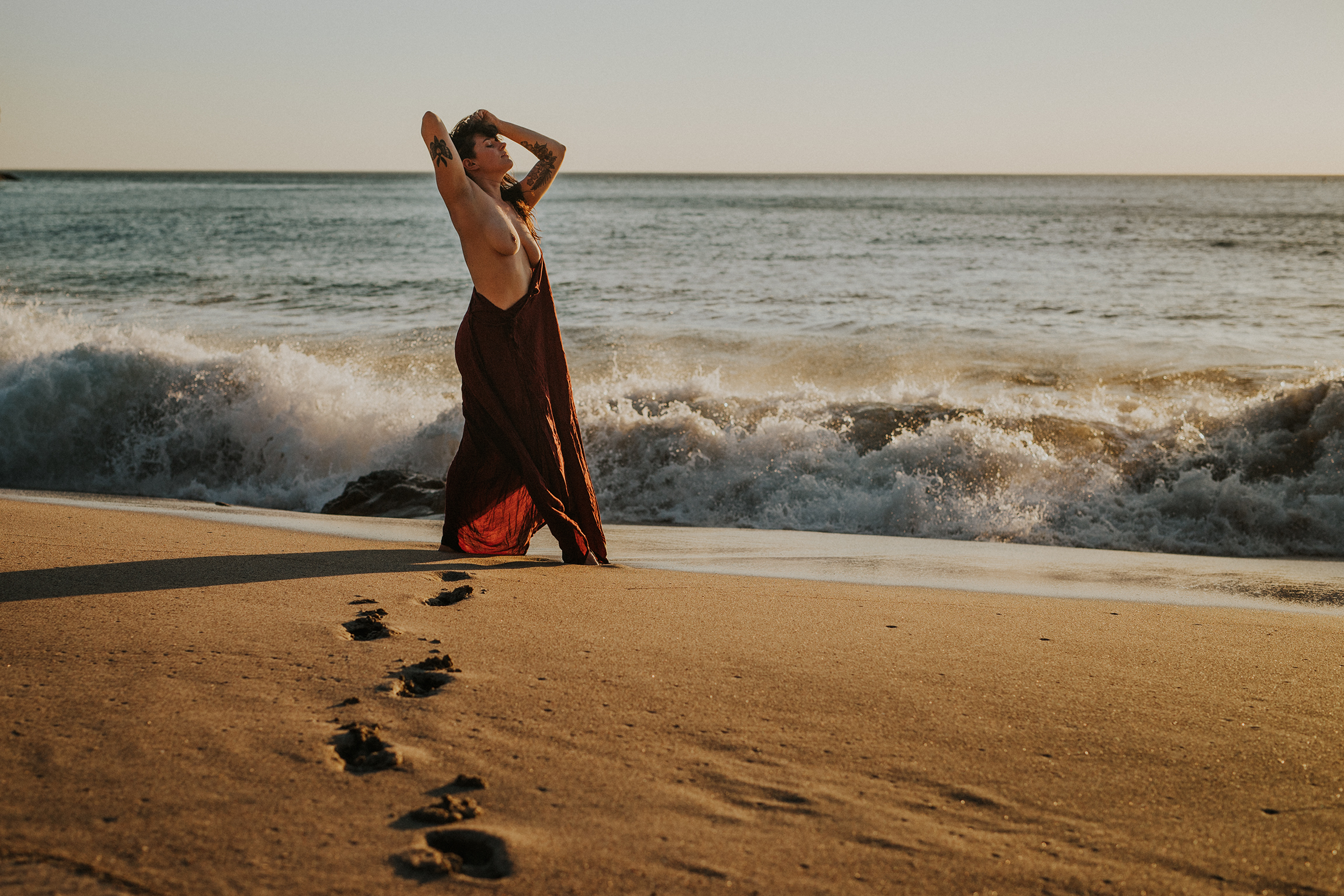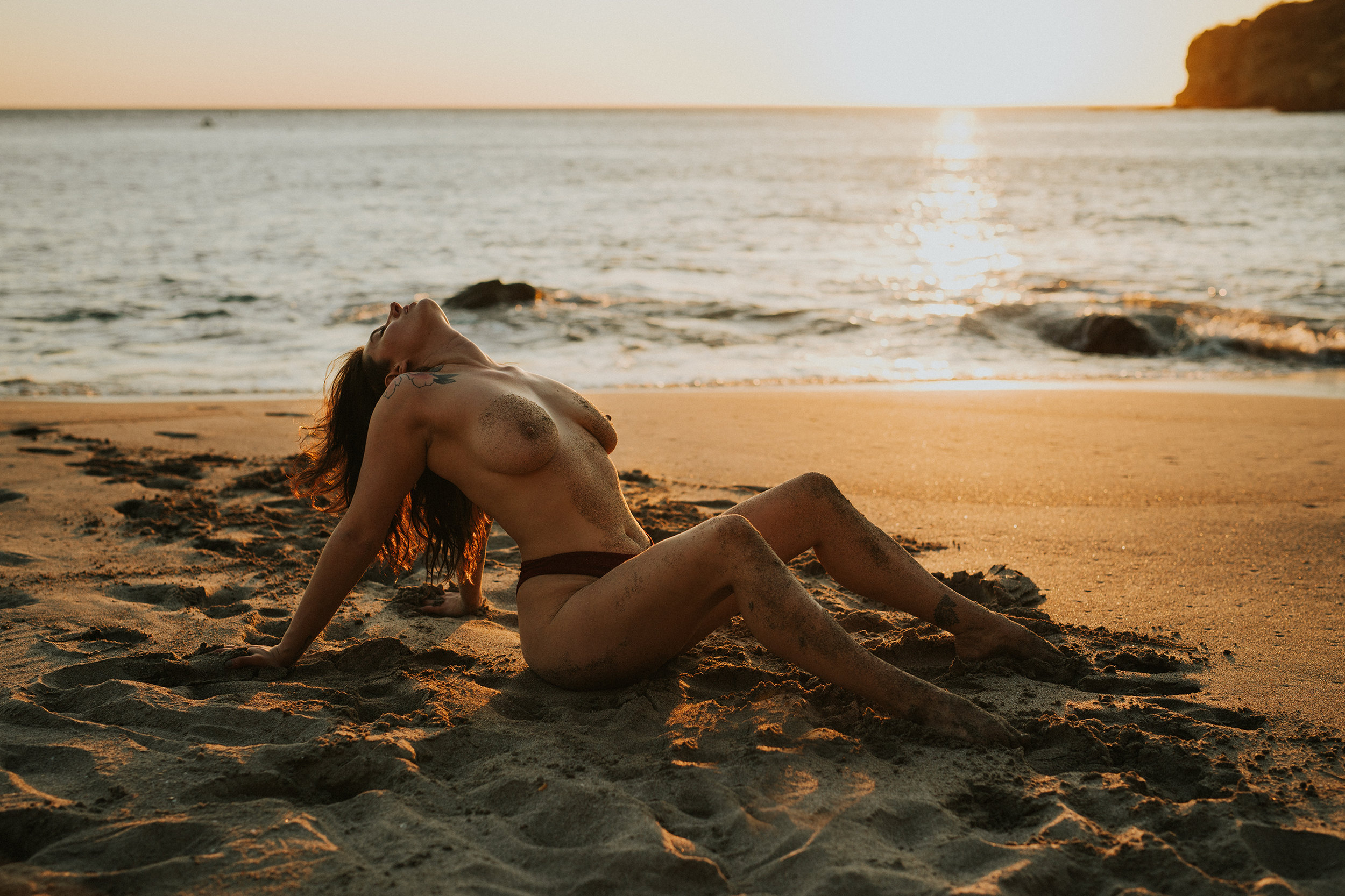One Tired Slut: The Never Ending Fight Against Stigma
*Content warning. This post contains mention of rape culture, violence against women, and evil evil evil nipples.
Maybe you’ve heard the recent Instagram fiasco, maybe you haven’t. But the gist of it is thus: Instagram announced that it will start demoting content that doesn’t violate its Community Guidelines, but might be ‘inappropriate.’
Basically, you can follow all their rules and play by their game, but if they decide that your content isn’t to their liking, they’re still going to hide it from the larger community.
“So… what?” you may ask. From the outside, it doesn’t seem like a big deal. But it has a huge and significant impact for creators making a living using Instagram (oh hey, like me). It follows on the coat tails of Instagrams decision late last year to ban #woman and a long list of stripper-adjacent hashtags (click here to dive deeper into that trash pile decision). It’s all part of a not-so-subtle war against women on the internet who have made the decision to share their art online to reach a larger audience. Specifically, women who portray their art through the lens of sensuality.
The implications for censoring, demoting, banning, or deleting accounts that share a more vulnerable and intimate type of art are clear and very frustrating. As a self-employed artist who uses Instagram as a tool to reach new clients, it’s terrifying to see my reach go down as my posts are hidden from appearing in hashtags and the explore page. As it stands now, Instagram is shadow banning accounts and only allowing their posts to appear in the feeds of people that already follow them (which only show to less than 1% of the people that actively follow you). So new people can’t find you. And the people that found you rarely see your content. Great.
As if that’s not scary enough… this has much larger societal implications and connotations. The act of censoring and penalizing creators that share art of the female form reinforces the stigma and shame our society feels around it. Our culture has deeply shamed, stigmatized, and vilified this female form for centuries… and it has no intention of stopping any time soon.
For centuries the word “witch” has been used to punish women and to police female sexuality. Now, ‘slut’ has become the damning epithet that is de rigueur. The names and punishments may have changed, but many of the same oppressive attitudes and behaviours towards women that were prevalent during the early modern witch hunts persist. – Kirsten J. Sollee (Witches, Sluts, Feminists)
Women were prosecuted for centuries simply for being, well, women. It may seem like that was centuries in our past, but the last witch trial in North America was only in 1918, and sadly women are still being persecuted for witchcraft around the globe to this day. So what does witchcraft have to do with the internet? Well, nothing and also a hell of a lot. The practice of witchcraft is a very real and spiritual legacy upheld by many to this day, but you don’t need to practice witchcraft to be persecuted as a ‘witch’.
The whole history of witchcraft is interwoven with the fear of female sexuality. They burned us at the stake because they feared the erotic feelings we elicited in them. – The Love Witch
“Alright, okay. Slow down. I started reading a post about censoring artists on the internet, and now I’m reading a novel about witches? How does this relate?”
The common thread to all this is the consistent and unrelenting persecution of women by our culture and society. Banning artists online is a part of a larger story our society is telling: women’s bodies are shameful, immoral, evil, and need to be hidden or harmed.
If you’re anyone other than a cis-man existing on the internet you’ll know what it means to be harassed and vilified for simply being. You know the fear of seeing a DM notification from a stranger. The feeling of your stomach dropping wondering what degree of inappropriate or malicious content that message holds. The reinforcing of this stigma through censoring accounts is a small example of rape culture.
Rape Culture: a society where violence is seen as sexy and sexuality as violent… [and] women perceive a continuum of threatened violence that ranges from sexual remarks to sexual touching to rape itself. A rape culture condones physical and emotional terrorism against women as the norm. – Transforming Rape Culture
Emotional terrorism against women and perceiving sexuality as violent and dangerous is, devastatingly, the norm to this day. This is seen in the decision for Instagram to hide and penalize accounts that showcase even mild displays of the female form.
Maybe you’re account hasn’t been targeted yet by Instagram. This decision may seem irrelevant and have no impact on anyone who isn’t a content creator… but it does. The constant suppression of women by the destructive male hegemony is something that affects us all.
How do we fight it?
We support one another. Actively engage with the content you enjoy seeing online. Comment, like, SHARE. But better than that: support one another off of these websites. Sign up for each others newsletters (if you have them – psst, yes I have one, scroll down!), engage and participate within your communities in real time. Lift up your marginalized friends because as much as this affects people with privilege, it affects people of colour, people of size, people with disabilities, and low-income folk exponentially more. This is a war we’ve been fighting for centuries, one that changes it’s face, shape, message. But one that has the same outcome. Let’s get out there and show support for one another.
Lift up the matriarchy.
Oh, and just to end this on a positive note. Photos of my butt from vacation.
#buttsagainstbullshit
Signed,
One Tired Slut
Society’s dread of women who own their desire, and use it in ways that confound expectations of proper female sexuality, persists.”
– The Feminist Porn Book

